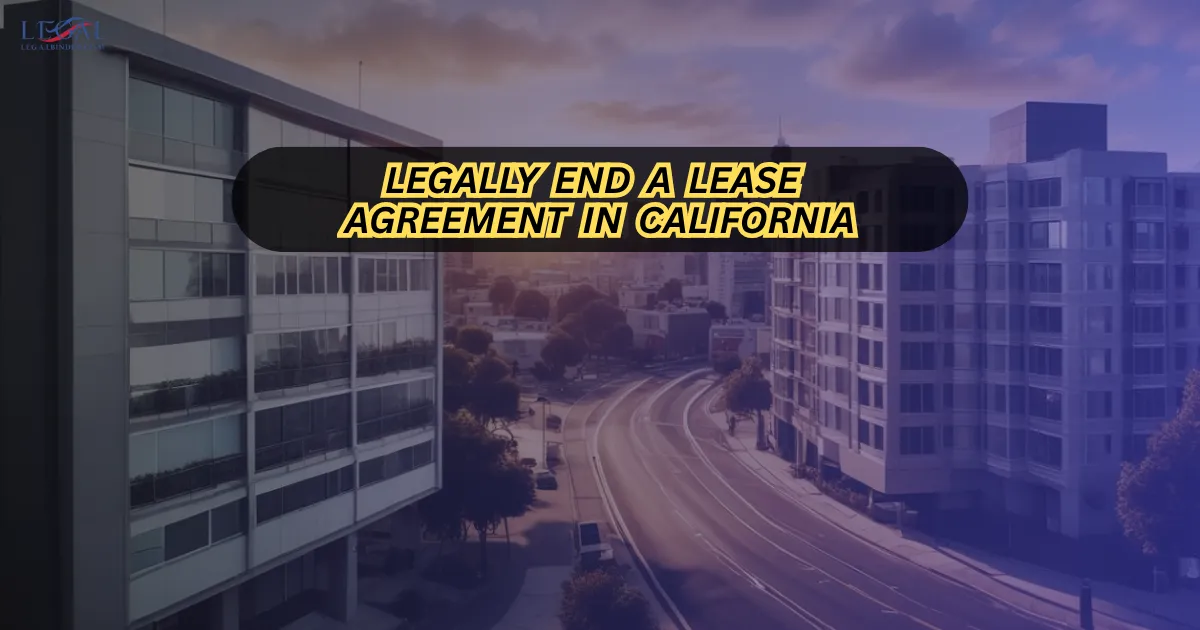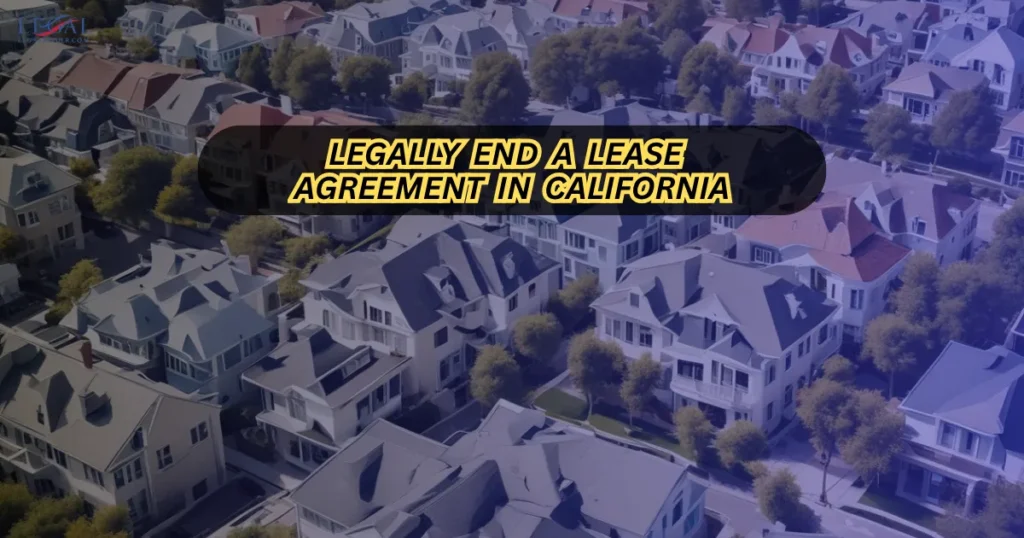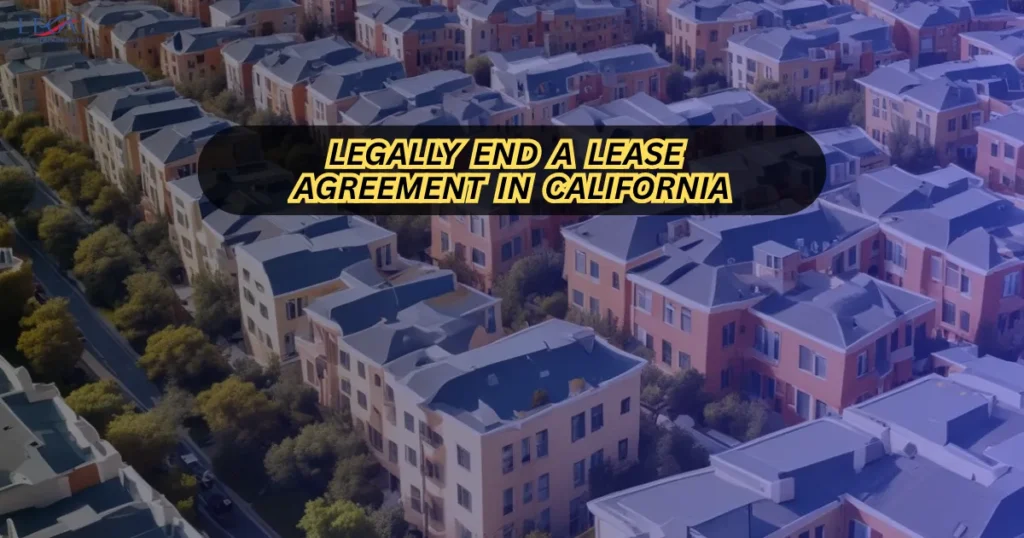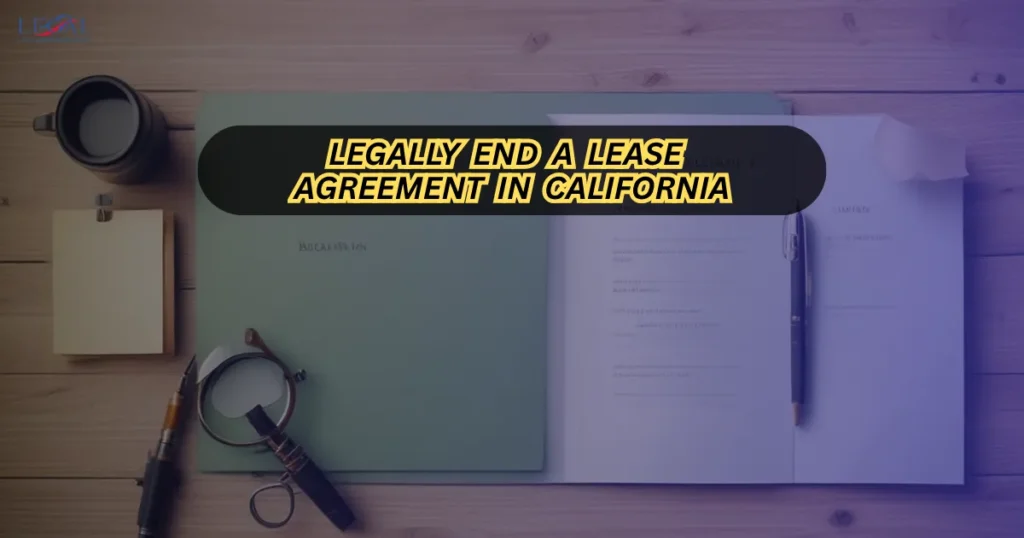Physical Address
304 North Cardinal St.
Dorchester Center, MA 02124
Physical Address
304 North Cardinal St.
Dorchester Center, MA 02124

Legally end a lease agreement in California and you protect not just your wallet, but your peace of mind. Leaving a rental before the term is up, or deciding not to renew, can feel overwhelming—but with the right knowledge, you can navigate the process without unexpected penalties or disputes.

Imagine this: You’ve found your dream home or need to relocate for work. You start packing, excited for a fresh chapter—only to have your landlord threaten legal action because you “broke the lease.” Without understanding California’s legal requirements for ending a lease, you risk fines, damage to your rental history, or even court battles. The good news? State law provides specific, fair procedures to end a lease if you follow them correctly.
This guide walks you through each step, explaining your rights, your landlord’s rights, and the actions you need to take for a smooth, lawful termination.
For more California housing and contract law guidance, visit our homepage.
In California, ending a lease depends on the type of agreement, your reason for ending it, and your compliance with notice rules. Key factors include:
Authoritative resources:
Read your lease to check clauses about early termination, notice periods, and penalties.
California law allows tenants to exit early in cases such as:
Notice periods vary:
Your notice should include:
Breaking a fixed-term lease without legal justification could require paying remaining rent, though landlords must mitigate damages.
Save all notices, emails, and letters sent to or received from your landlord.
Request an inspection (Civil Code §1950.5) so you can address issues before deductions are made from your deposit.
Your tenancy isn’t legally over until you’ve vacated the premises and returned the keys.
Landlords must return it within 21 days, minus lawful deductions and with an itemized statement.

Eligible tenants can terminate leases early without penalty with documentation from law enforcement or a qualified third party.
Tenants may end the lease if the landlord fails to maintain basic habitability standards after written notice.
Active-duty service members may terminate leases under federal law by providing written notice and deployment orders.
Can I break my lease in California without penalty?Yes, if you have a legal reason such as unsafe conditions, landlord breach, or protected status under specific laws.How much notice do I need to give in California?That depends on your tenancy length and lease type—30 or 60 days for month-to-month; fixed-term leases require different approaches.Does my landlord have to find a new tenant if I leave early?Yes, landlords are legally required to mitigate damages by seeking a new tenant.What if my landlord refuses to return my deposit?You can sue in small claims court if your deposit isn’t returned within 21 days or if unlawful deductions are made.

Knowing how to legally end a lease agreement in California is about more than avoiding penalties—it’s about leaving on good terms, preserving your rental history, and protecting your rights. Whether you’re moving on for opportunity or necessity, following the correct steps ensures a smooth transition.
Plan ahead, document everything, and communicate clearly with your landlord—these actions can make ending your lease a positive experience rather than a stressful one.
For more expert legal resources and California rental guidance, visit our home page.